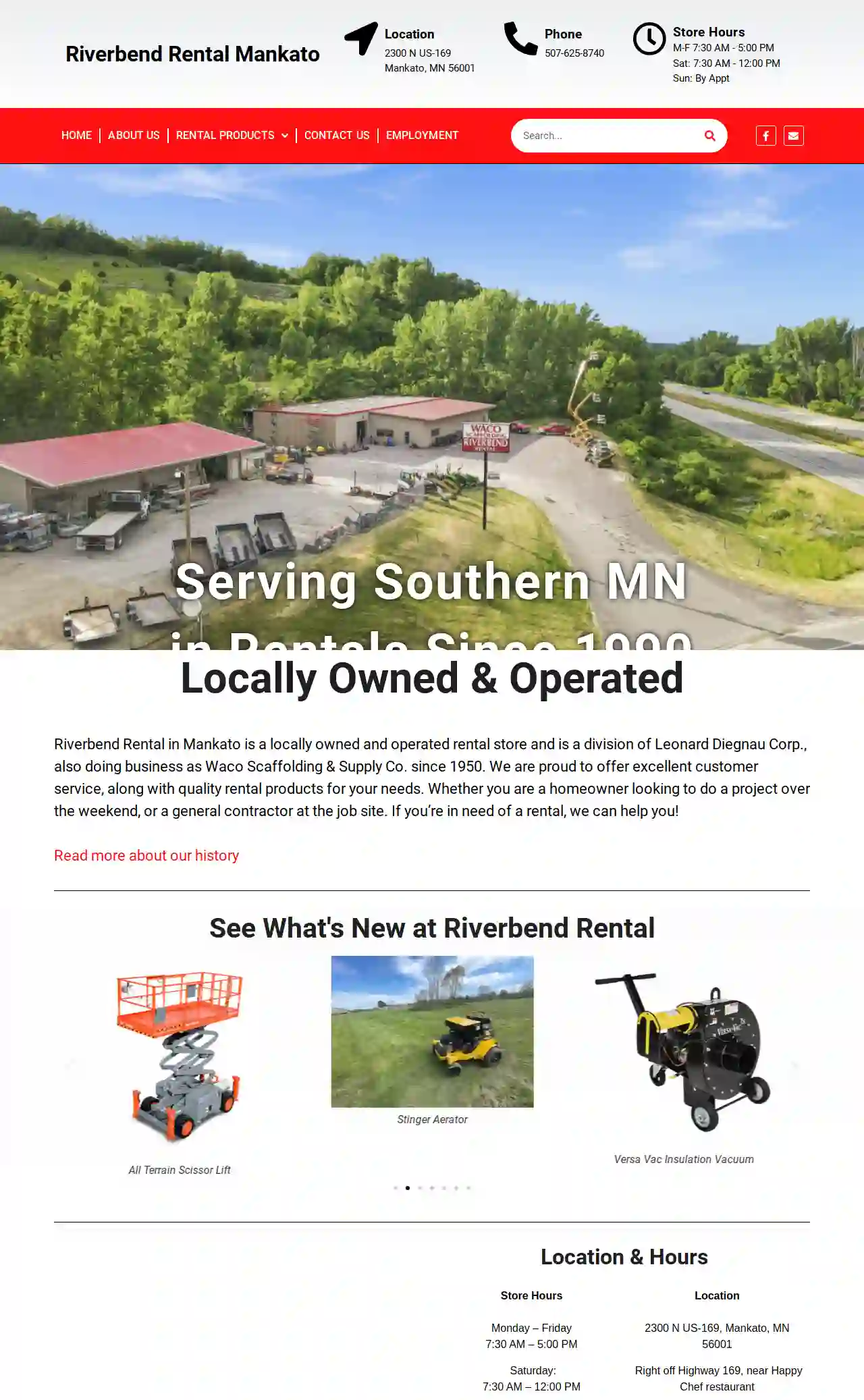Scaffolding Companies St. Francis
Top Construction Scaffolding in St. Francis
Get up to 3 Scaffolding Erectors quotes for your project today! Compare profiles, reviews, accreditations, portfolio, etc... and choose the best offer.

Amiga Scaffolding Ltd
4.940 reviewsHoo, 172 Knights Road, Rochester, ME3 9JN, USAmiga Scaffolding Ltd is a reputable company with over 20 years of experience in the scaffold industry. We provide our services to homeowners and commercial clients in Kent, Essex, and London. Our team is fully qualified, experienced, and dedicated to providing a cost-effective, safe, and transparent service to all our clients. We adhere to the latest guidance TG20:21 and SG4:15, ensuring that all scaffolds are erected to industry standards. We are fully insured and aim to be as competitive on price as possible. Our process involves gathering information, arranging an on-site visit, and providing a fixed price quote within 24 hours. We offer a 24-hour emergency call-out service and are there every step of the way.
- Services
- Why Us?
- Accreditations
- Our Team
- Testimonials
- Gallery
Get Quote
Waco Scaffolding Riverbend Rentals
4.846 reviews2300 N US-169, Mankato, 56001, USRiverbend Rental in Mankato is a locally owned and operated rental store and is a division of Leonard Diegnau Corp., also doing business as Waco Scaffolding & Supply Co. since 1950. We are proud to offer excellent customer service, along with quality rental products for your needs. Whether you are a homeowner looking to do a project over the weekend, or a general contractor at the job site. If you’re in need of a rental, we can help you!
- Services
- Why Us?
- Gallery
Get Quote- Sc
Scaffold Service, Inc
4.628 reviewsMinneapolis, US- Services
- Why Us?
Get Quote - Br
BrandSafway Industries Minneapolis
55 reviewsMinneapolis, US- Services
- Why Us?
Get Quote - In
Infinity Scaffold Inc
4.718 reviewsMinneapolis, US- Services
- Why Us?
Get Quote - Re
Reddy Rents
4.344 reviewsMinneapolis, US- Services
- Why Us?
Get Quote - Re
Reddy Rents Minneapolis
4.5100 reviewsMinneapolis, US- Services
- Why Us?
Get Quote - Ad
Advance Shoring Company
4.723 reviewsMinneapolis, US- Services
- Why Us?
Get Quote - Ha
Harbor Freight Tools
4.4987 reviewsMinneapolis, US- Services
- Why Us?
Get Quote - Fa
Farrell Equipment & Supply - New Hope
4.220 reviewsMinneapolis, US- Services
- Why Us?
Get Quote
Over 2,353+ Scaffolding Businesses in our network
Our scaffolding pros operate in St. Francis and surrounding areas!
ScaffoldingHQ has curated and vetted Top Scaffolding Contractors in St. Francis. Find a top & trustworthy contractor today.
Frequently Asked Questions About Scaffolding Companies
- Online Directories: Use specialized directories like ScaffoldingHQ to search for scaffolding companies in your area.
- Search Engines: Use Google or other search engines to search for 'scaffolding companies near me' or 'scaffolding rental [your location]'.
- Local Construction Associations: Contact local construction associations for recommendations.
- Word-of-Mouth Referrals: Ask friends, family, or colleagues for recommendations based on their past experiences.
- Regulations: Local regulations often specify minimum inspection intervals.
- Project Type and Duration: Long-term projects or those in challenging environments may require more frequent inspections.
- Weather Conditions: Severe weather (storms, high winds) can necessitate additional inspections.
- Any Alterations or Modifications: Any changes to the scaffolding structure require re-inspection.
- Encroaches onto public property (sidewalks, roads): Permits are usually needed from the local council or highway authority.
- Exceeds a certain height: Scaffolding above a specified height often requires a permit.
- Is erected in a conservation area or near a listed building: Special considerations and permits may apply.
- Falls from Height: The most significant risk, often due to lack of guardrails, improper use of safety harnesses, or unstable platforms.
- Falling Objects: Tools, materials, or debris falling from the scaffolding can injure workers or people below.
- Scaffold Collapse: Improper assembly, overloading, or inadequate foundation support can lead to a catastrophic collapse.
- Electrocution: Contact with overhead power lines is a serious hazard when working near electrical infrastructure.
- Slips, Trips, and Falls: Wet or cluttered platforms, uneven surfaces, and loose debris can cause falls.
How can I find scaffolding companies near me?
How often should scaffolding be inspected?
Do I need a permit for scaffolding in the USA?
What are some common scaffolding safety hazards?
How can I find scaffolding companies near me?
- Online Directories: Use specialized directories like ScaffoldingHQ to search for scaffolding companies in your area.
- Search Engines: Use Google or other search engines to search for 'scaffolding companies near me' or 'scaffolding rental [your location]'.
- Local Construction Associations: Contact local construction associations for recommendations.
- Word-of-Mouth Referrals: Ask friends, family, or colleagues for recommendations based on their past experiences.
How often should scaffolding be inspected?
- Regulations: Local regulations often specify minimum inspection intervals.
- Project Type and Duration: Long-term projects or those in challenging environments may require more frequent inspections.
- Weather Conditions: Severe weather (storms, high winds) can necessitate additional inspections.
- Any Alterations or Modifications: Any changes to the scaffolding structure require re-inspection.
Do I need a permit for scaffolding in the USA?
- Encroaches onto public property (sidewalks, roads): Permits are usually needed from the local council or highway authority.
- Exceeds a certain height: Scaffolding above a specified height often requires a permit.
- Is erected in a conservation area or near a listed building: Special considerations and permits may apply.
What are some common scaffolding safety hazards?
- Falls from Height: The most significant risk, often due to lack of guardrails, improper use of safety harnesses, or unstable platforms.
- Falling Objects: Tools, materials, or debris falling from the scaffolding can injure workers or people below.
- Scaffold Collapse: Improper assembly, overloading, or inadequate foundation support can lead to a catastrophic collapse.
- Electrocution: Contact with overhead power lines is a serious hazard when working near electrical infrastructure.
- Slips, Trips, and Falls: Wet or cluttered platforms, uneven surfaces, and loose debris can cause falls.